Image of 1952 Aston Martin Db3, Note: These illustrations use artistic license and may differ from actual historical models.
Performance Metrics
Fundamental Metrics
Emotional Appeal
MMP Rating
| Engine Specifications | |
|---|---|
| Engine: | 2.6 L Lagonda I6 |
| Displacement: | 2.6 L (2580 cc) |
| Horsepower: | 140 hp |
| Torque: | Estimated 178 Nm |
| Compression Ratio: | 8.16:1 |
| Ignition System: | Coil ignition |
| Cooling System: | Water-cooled |
| Performance Specifications | |
| 0-60 Time: | Estimated 10 seconds |
| 1/4 Mile Time: | Not available |
| Top Speed: | 120 mph |
| Transmission and Drive | |
| Drive Type: | Rear-wheel drive |
| Transmission Type: | 4-speed manual |
| Fuel and Efficiency | |
| Fuel System Type: | Twin SU carburetors |
| MPG: | Not available |
| Dimensions and Brakes | |
| Brakes: | Drum brakes |
| Wheelbase: | 99 inches |
| Weight: | 2100 lbs |
Note: Specifications for classic cars are given to the best of our ability, considering the limited and variant data available.
Unveiling the 1952 Aston Martin DB3: A Legacy of British Motorsport
The 1952 Aston Martin DB3 is not merely a car; it's a piece of automotive aristocracy that has graced the racetracks with its regal presence. Born from the illustrious marque of Aston Martin, a brand synonymous with luxury and performance, the DB3 emerged as a purpose-built race car intended to put Britain on the map in international sports car racing. Its creation was spearheaded by none other than David Brown, the visionary entrepreneur who had acquired Aston Martin in 1947, and whose initials 'DB' became an iconic part of the brand's identity. The DB3's debut in competitive racing marked a pivotal moment in Aston Martin's history, setting the stage for future legends like the DB5.
Design and Innovation: The Quintessence of 1950s Elegance
The exterior of the 1952 Aston Martin DB3 was a harmonious blend of function and form. Its aluminum bodywork, crafted with aerodynamics in mind, featured flowing lines that exuded speed even at a standstill. The front grille, a distinctive Aston Martin trait, was both aggressive and refined. Inside, the DB3 was all business: lightweight seats, minimalistic trim, and an array of gauges and switches that provided the driver with essential information while battling on the track. The materials used were chosen for durability and weight savings rather than luxury. Technologically, it boasted innovations such as its tubular space frame chassis and its focus on weight distribution and handling prowess. While color options were secondary to performance, racing green became an iconic hue associated with British motorsport excellence.
Historical Significance: A Trailblazer in Racing Heritage
The 1952 Aston Martin DB3 may not have been crowned with extensive racing success, but its contribution to automotive design and technology is undeniable. It set itself apart with its emphasis on handling balance and structural rigidity—a philosophy that would influence sports car design for decades to come. The DB3's legacy is also tied to its role as a testbed for developments that would lead to more successful successors like the DB3S.
Performance and Handling: A Symphony of Speed
Underneath its bonnet lay a 2.6-liter straight-6 engine capable of propelling the DB3 to impressive speeds for its time. With a top speed nearing 140 mph and acceleration that could catapult it from 0-60 mph in a matter of seconds, this Aston Martin was no slouch on the straights. But it was in corners where the DB3 truly shined—its adept handling allowed drivers to navigate bends with precision while maintaining composure over uneven surfaces. The driving experience was visceral; every blip of the throttle resonated through the cockpit, every gear shift was a mechanical ballet, connecting man and machine.
Ownership Experience: More Than Just a Collector's Item
The 1952 Aston Martin DB3 found its place in various roles—from grueling endurance races to being cherished as show cars by collectors who appreciate its lineage. Maintenance requires dedication and often an expert hand familiar with vintage machinery; however, reliability is commendable when considering its age and racing pedigree. Parts can be scarce but are typically restorable due to their high-quality craftsmanship.
Fun Facts: A Tapestry of Stories
This classic racer has seen its share of unique narratives—from rare editions built specifically for top-tier competition to previous ownership by celebrities or racing icons. While not known for breaking outright speed records, it held its own in endurance events. Despite criticisms over initial teething problems in early races, it proved its worth through continuous improvement.
Collector's Information: An Investment Worthy of Its Heritage
With only around ten units produced, ownership of a 1952 Aston Martin DB3 is an exclusive affair. Current values range significantly based on provenance and condition but expect figures well into seven digits for pristine examples. Over time, these vehicles have generally appreciated as their historical significance and rarity continue to captivate collectors worldwide.
Conclusion: The Enduring Legacy of the 1952 Aston Martin DB3
The 1952 Aston Martin DB3 stands as a testament to British engineering prowess and motorsport ambition during an era when every race wrote history. It may not have been crowned with extensive victories but laid down foundational work that would lead Aston Martin to triumphs in years to come. Its rarity, design excellence, and historical significance ensure that it remains a coveted jewel within any classic car collection—a true embodiment of racing heritage.
1952 Aston Martin Db3 Catalog of Parts
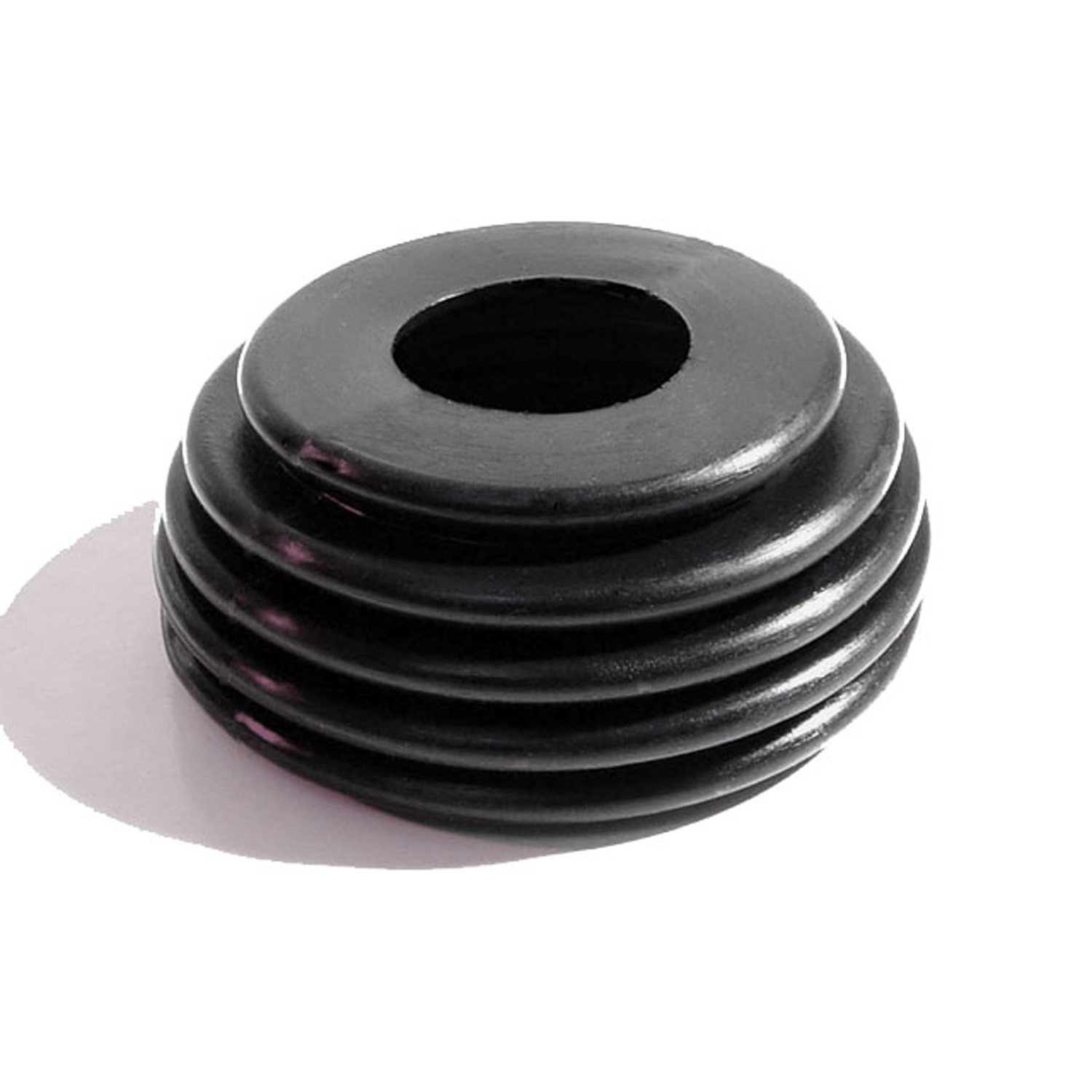 1952 Aston Martin DB3 Steering Column Dust Seal at Firewall-BL 5Steering Column Dust Seal at Firewall. 1-1/8" wide hole at top, 4-1/2" O.D. at base. Replaces AM part #50999. Each
1952 Aston Martin DB3 Steering Column Dust Seal at Firewall-BL 5Steering Column Dust Seal at Firewall. 1-1/8" wide hole at top, 4-1/2" O.D. at base. Replaces AM part #50999. Each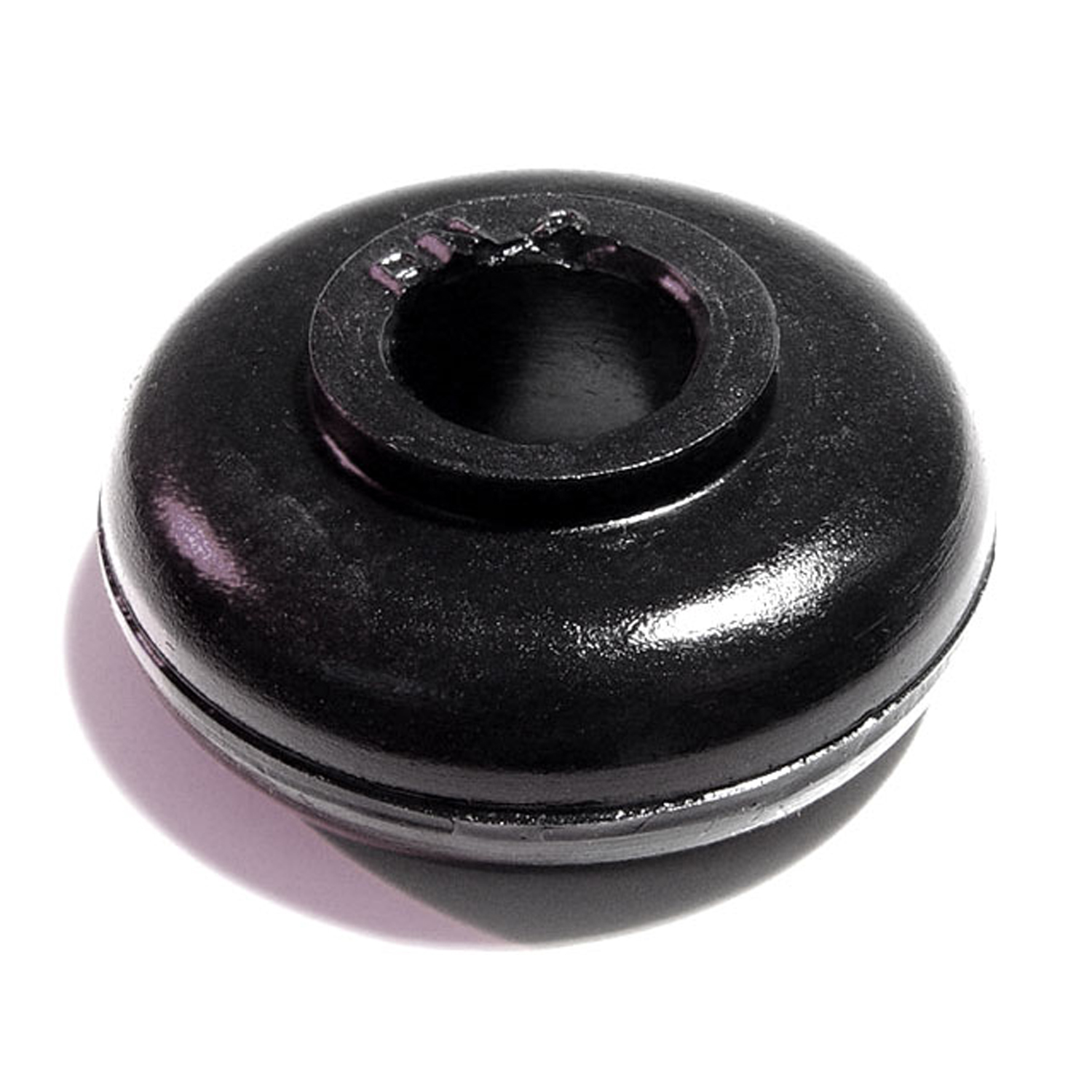 1952 Aston Martin DB3 Roll Bar Bushing. 1/2" high, with 1/2" hole. Each-BN 2Roll Bar Bushing. 1/2" high, with 1/2" hole. Each
1952 Aston Martin DB3 Roll Bar Bushing. 1/2" high, with 1/2" hole. Each-BN 2Roll Bar Bushing. 1/2" high, with 1/2" hole. Each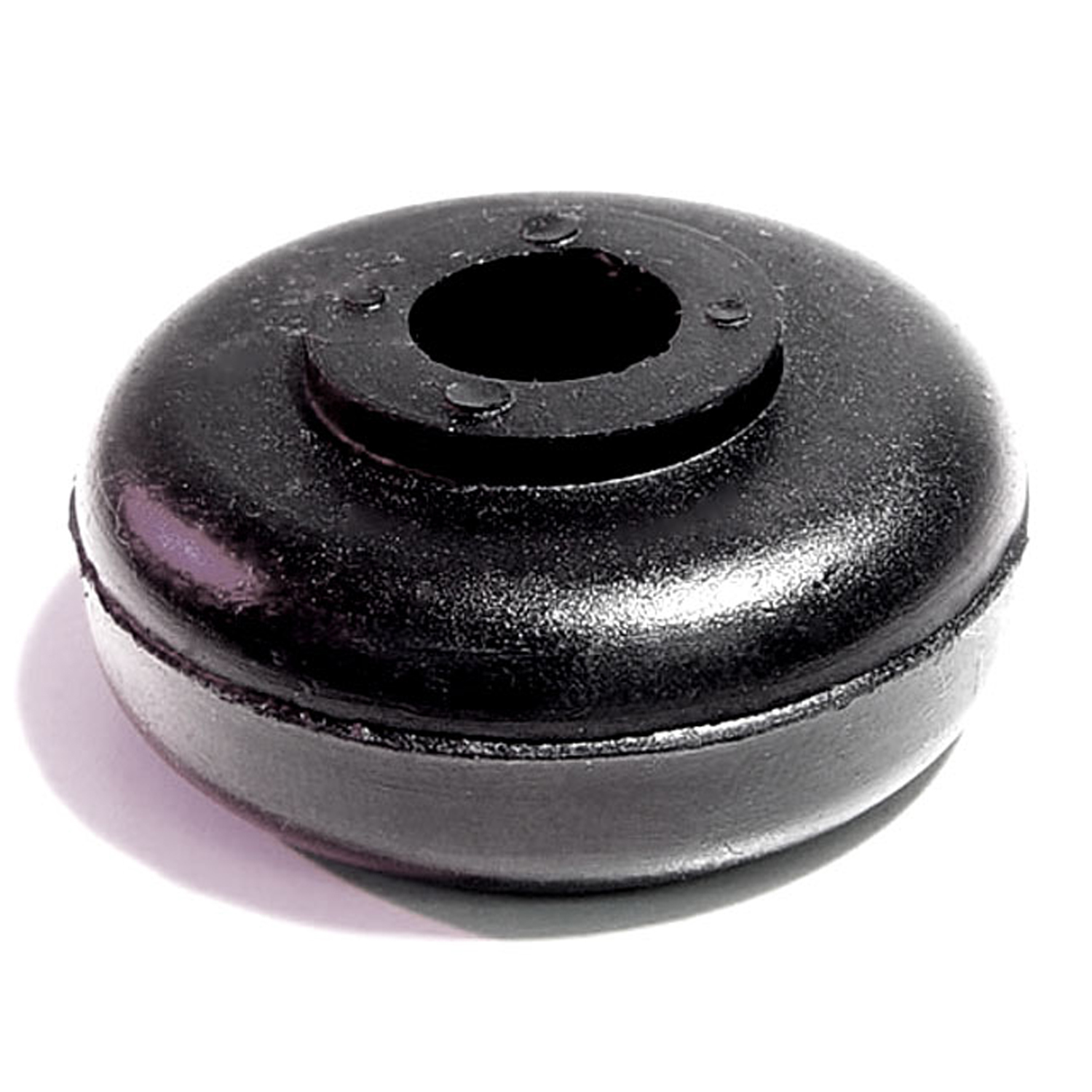 1952 Aston Martin DB3 Shock Grommet. 9/16" high, 3/8" hole. Each-BN 2-AShock Grommet. 9/16" high, 3/8" hole. Each
1952 Aston Martin DB3 Shock Grommet. 9/16" high, 3/8" hole. Each-BN 2-AShock Grommet. 9/16" high, 3/8" hole. Each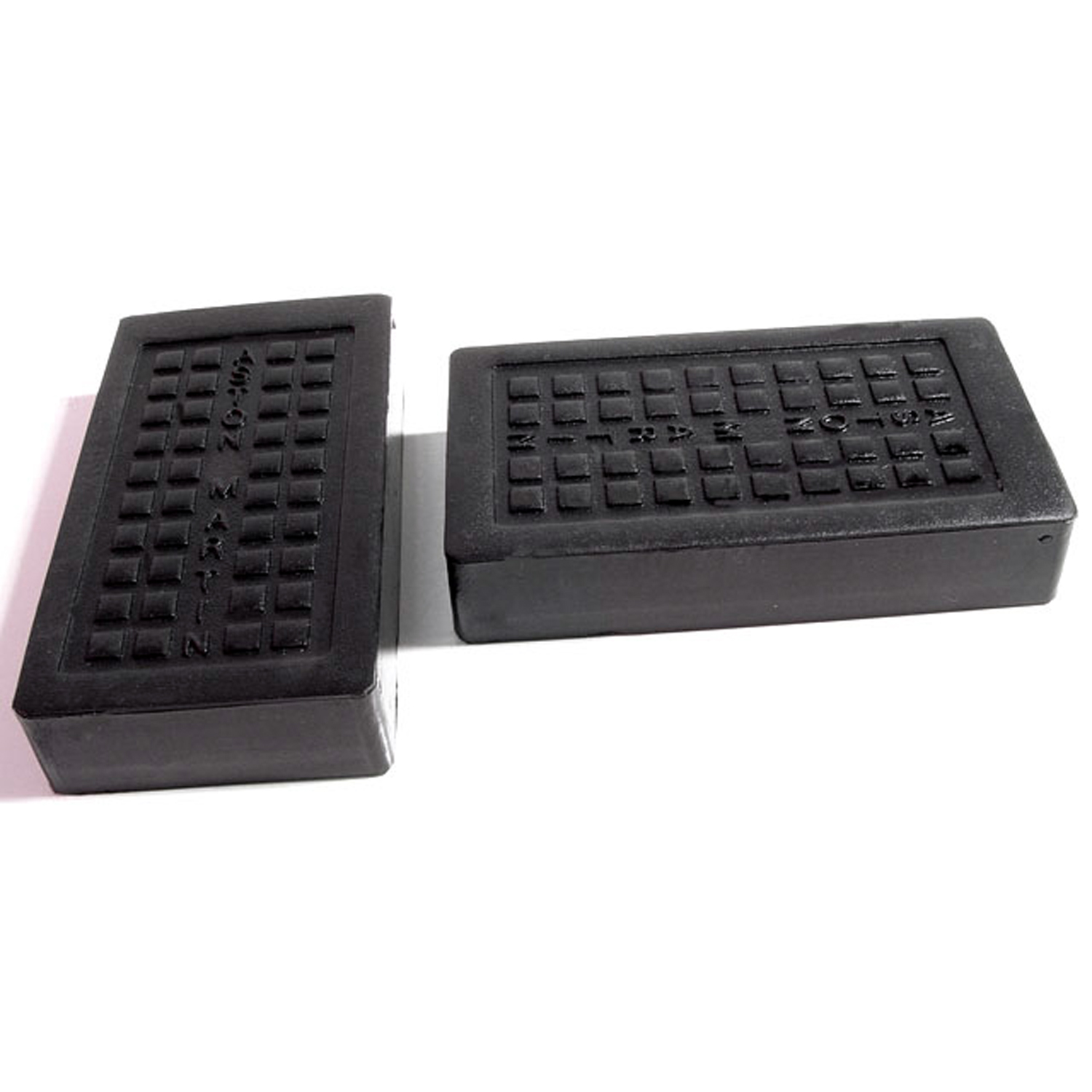 1952 Aston Martin DB3 Clutch and Brake Pedal Pads. Perfect reproduction-CB 175Clutch and Brake Pedal Pads. Perfect reproduction. 1-3/4" wide X 3-1/4" long. Pair
1952 Aston Martin DB3 Clutch and Brake Pedal Pads. Perfect reproduction-CB 175Clutch and Brake Pedal Pads. Perfect reproduction. 1-3/4" wide X 3-1/4" long. Pair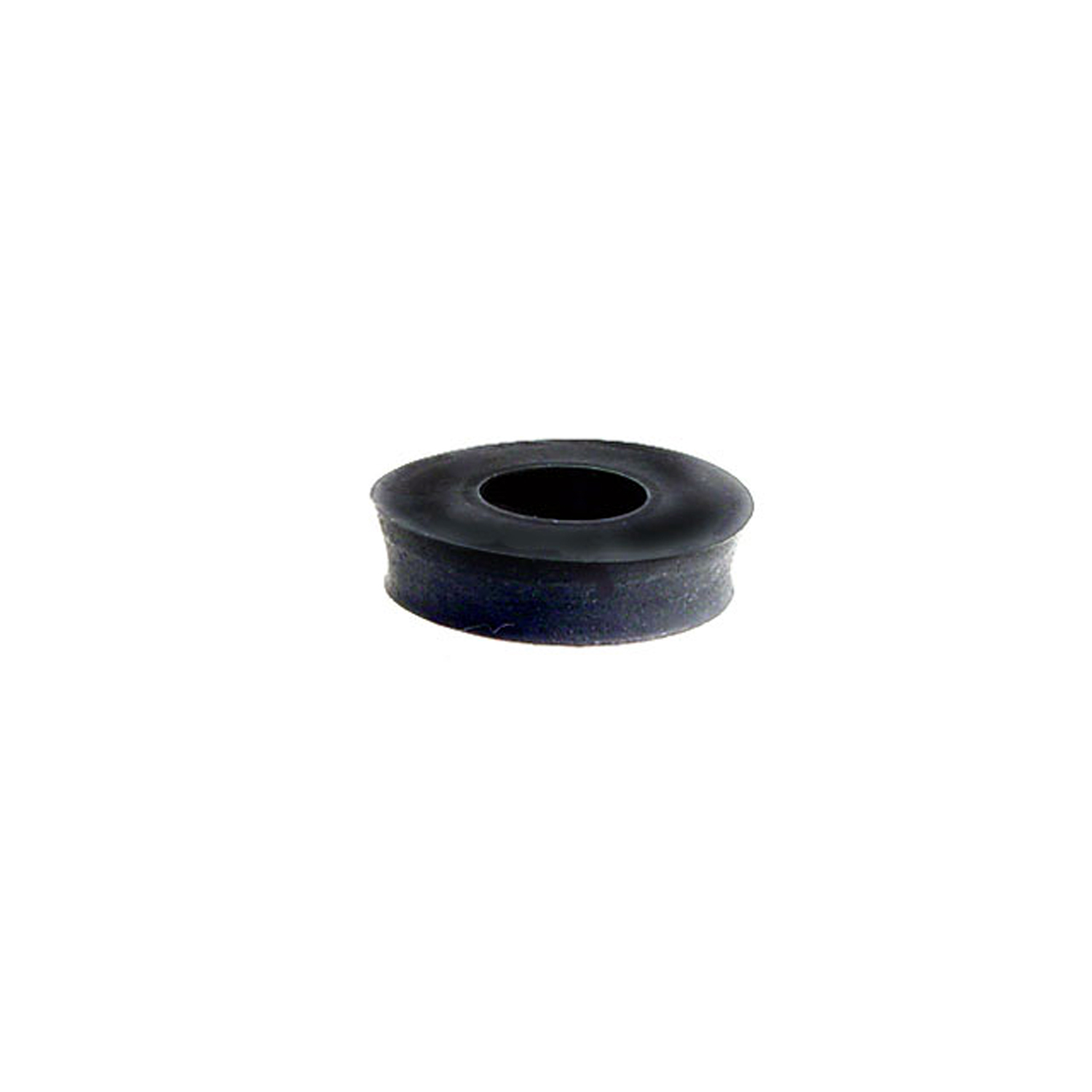 1952 Aston Martin DB3 Radiator Rod Cushion. 1/4" thick, 3/8" hole, 1" O.D-RA 1Radiator Rod Cushion. 1/4" thick, 3/8" hole, 1" O.D. Eight used per car. Each
1952 Aston Martin DB3 Radiator Rod Cushion. 1/4" thick, 3/8" hole, 1" O.D-RA 1Radiator Rod Cushion. 1/4" thick, 3/8" hole, 1" O.D. Eight used per car. Each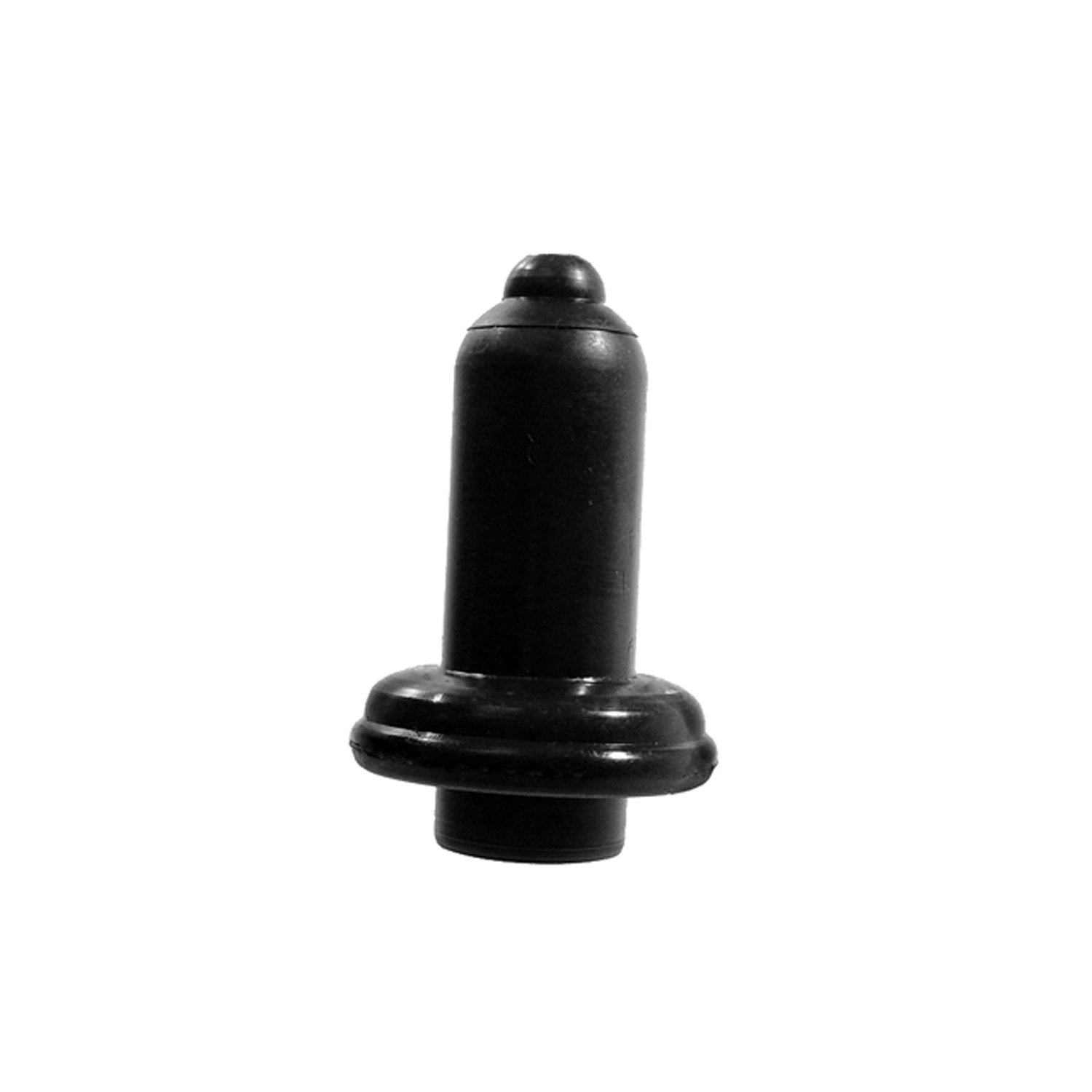 1952 Aston Martin DB3 Spark Plug Boot. Each-RP 1-ZSpark Plug Boot. Each
1952 Aston Martin DB3 Spark Plug Boot. Each-RP 1-ZSpark Plug Boot. EachWhy Choose Metro?
For over 100 years, Metro Moulded Parts has been the pinnacle of quality in classic car restoration parts. Our commitment to precision and authenticity in every component ensures a perfect fit and an OEM-level appearance.
- Expert Craftsmanship & Quality: Each part is a testament to our dedication to reliability and perfection, crafted from original designs and thoroughly tested.
- Advanced Technology: We use cutting-edge techniques to create flawless, long-lasting parts that surpass others in performance.
- SuperSoft Sponge – The Ultimate Door Seal: Not only are our door seals 30% softer than competitors', but they're also guaranteed to never leak. They effectively reduce wind and road noise, enhancing your classic car's comfort and driving experience.
- Proudly American: Our parts are a product of American craftsmanship, made in the USA with a spirit of excellence and heritage.
- Unrivaled Warranty: We back our products with a 30-year industry-leading warranty, a testament to our confidence in their quality.
Join us in preserving the legacy of classic cars with parts that are crafted for perfection, not just made.

